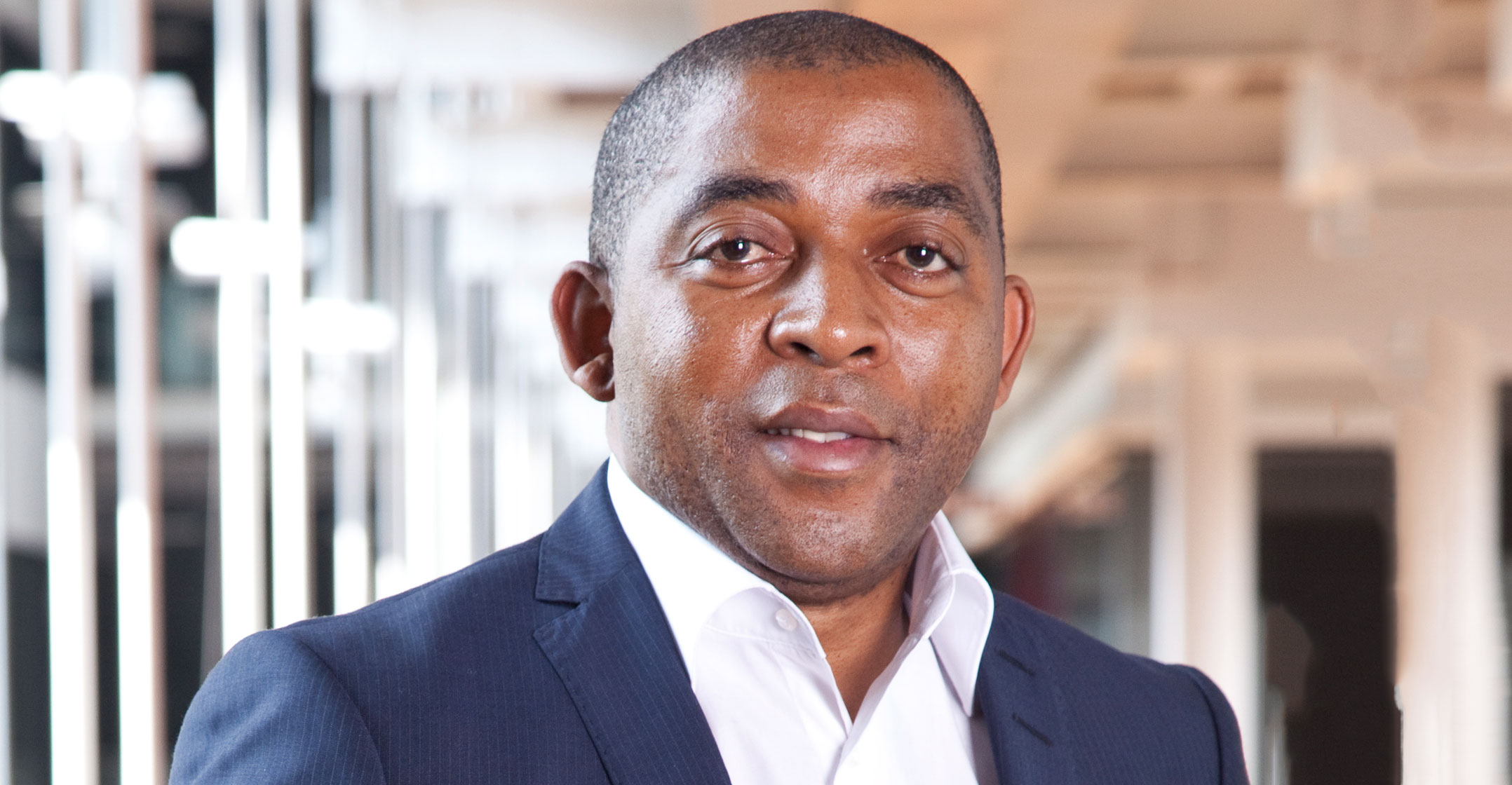
The Mafadi Consortium, which I lead, waited with much anticipation for the invitation to apply (ITA) from communications regulator Icasa that would herald the start of the already long-delayed process to license South Africa’s wireless open-access network (Woan).
We worked tirelessly to assemble a consortium distinguished by unrivalled industry understanding and deep industry expertise.
With the ITA now published, we have written to Icasa to outline how crucial elements of the ITA militate against the success of the Woan. The problems are so significant that we might be witness to a process that will produce a stillborn entity that will prove extremely costly to funders and that could ultimately damage the mobile telecommunications sector in South Africa.
Raising the alarm is crucial.
It is now a universal truth that ICT infrastructure is at the core of economic development and important for the well-being of societies. Just as in other countries, it’s crucial that access to and use of this infrastructure be extended to everyone in society. The Woan was conceived as an important element in seeking to achieve this.
The emergence of the mobile telecoms market on the eve of the democratic dispensation (around 1993 and 1994), and the policies adopted since then, show what an enabling policy environment, coupled with private sector investment, can do to transform society. Government’s contribution to this success was through the allocation of adequate spectrum, without attaching exorbitant auction fees to that spectrum.
Favourable rates
Government also ensured that the new mobile operators had access to former monopoly Telkom’s infrastructure at favourable and asymmetrical rates. The new operators paid less to terminate calls on the Telkom network than the other way around. This indirect subsidy is estimated to have reached as much as R50-billion before the termination rates were adjusted in the past decade. Today, there are more people with access to telecoms than to clean water. This is a direct result of smart policy intervention and private investment.
But Icasa’s ITA for the Woan shows a drastic departure from this successful model. The Woan was conceived as an aggregator network to consolidate retail traffic, especially from smaller retail operators and virtual providers. To deliver traffic at scale, however, the Woan must have adequate access to spectrum and other players’ passive telecoms infrastructure, and must attract the required investment to roll out a network.
A study conducted by the CSIR dealt with the viability of the Woan along with spectrum as a key factor upon which its success will be based. The study found the minimum allocation of spectrum to the Woan in the following combinations to ensure viability at 20% market share:
- 1x25MHz in the 800MHz band;
- 2x20MHz in the 2.6GHz band (FDD technology); and
- 1x25MHz in the 2.6GHz band (TDD technology).
The CSIR study recommended these allocations as minimums for the Woan’s feasibility at 20% market share.
Contrary to the CSIR study, Icasa’s Woan ITA recommends a much smaller allocation of spectrum, effectively killing off its chances of success before it’s even launched. The ITA prescribes the following (*see footnote below this article for clarification on this author-supplied information):
- 1x10MHz in the 700MHz band;
- 2x20MHz in the 2.6GHz band (FDD); and
- 1x25MHz in the 2.6GHz band (TDD).
Having crunched the numbers, we’re of the view that the reduction in the quantum of the sub-1GHz spectrum is fatal to the Woan’s business case and needs to be addressed. The 700MHz band is also not “clean”, as broadcast digital migration has not been completed. Even if the licensing of the Woan is fast-tracked, the new operator will have to wait some time before being able to implement an effective and contiguous service.
More worrying is that it appears that spectrum already in the hands of the incumbents will remain so when their licences are renewed in the next couple of years. This is “grandfathering” of existing arrangements, with no regard to the needs of new entrants and market dynamics. If this position is maintained, the Woan will be deprived of spectrum for another 15-20 years. It is important that the Woan has adequate spectrum if it is to fulfil its wholesale network provider ambitions.
 What is also curious about Icasa’s ITA for this year’s planned spectrum auction is it prescribes that mobile network operators must launch MVNOs, effectively upstaging the Woan’s business model, The Woan will be built on wholesale business and MVNOs will be its key clients. In forcing mobile network operators to house MVNOs, Icasa is fundamentally undermining the Woan’s business case.
What is also curious about Icasa’s ITA for this year’s planned spectrum auction is it prescribes that mobile network operators must launch MVNOs, effectively upstaging the Woan’s business model, The Woan will be built on wholesale business and MVNOs will be its key clients. In forcing mobile network operators to house MVNOs, Icasa is fundamentally undermining the Woan’s business case.
Then there are towers and other high-rise structures supporting mobile networks. These have become super important in delivering services, especially given how environmental restrictions have limited the number of towers that can be deployed in a particular area. Infrastructure sharing is being enforced by environmental laws, more so than the industrial and commercial logic for doing so.
As a result, the Woan will be at the mercy of the incumbents, without regulatory protection. The restrictions imposed by environmental considerations on the deployment of towers creates monopolies in specific cell-site coverage areas. The owner of the tower therefore becomes a sole provider, and unregulated could ask for any price from new tenants. Whereas incumbents have leverage over each other by virtue of their existing tower portfolios, the Woan will enter the market with no asset base and could be exposed to unfair pricing strategies from the incumbents, effectively raising the barriers to entry.
It is important that the Woan is guaranteed access to tower infrastructure at fair prices. Considering that it will have to catch up with the incumbents, we’d like to see asymmetrical pricing initially favouring the Woan. Yet the ITAs for both the spectrum auction and the Woan are both silent about this prospect.
In conclusion, unless Icasa reverts to the CSIR spectrum proposal for the Woan, South Africa will have effectively abandoned its own ICT policies and the country will count another lost opportunity to transform the telecoms industry and bring greater participation of ICT retail players, especially black start-ups. Also, access to passive infrastructure at fair prices must be guaranteed, and spectrum allocation must consider the future growth of the Woan.
- Vuyani Jarana is CEO of the Mafadi Consortium. He is a former CEO of South African Airways and Vodacom Business
- Footnote: Icasa’s ITA actually states that the Woan will receive 2x10MHz at 700MHz, 1x30MHz at 2.6GHz and 1x30MHz at 3.5GHz

